Both pressure transmitters and pressure gauges focus on pressure measurement and control. However, do you know the fundamental difference between the two? This article will guide you through understanding what these two instruments are and exploring their specific differences.
Regarding this issue, firstly, we need to figure out the definition of a pressure transmitter and a pressure gauge. Only by understanding their meaning then we naturally understand the difference between them.
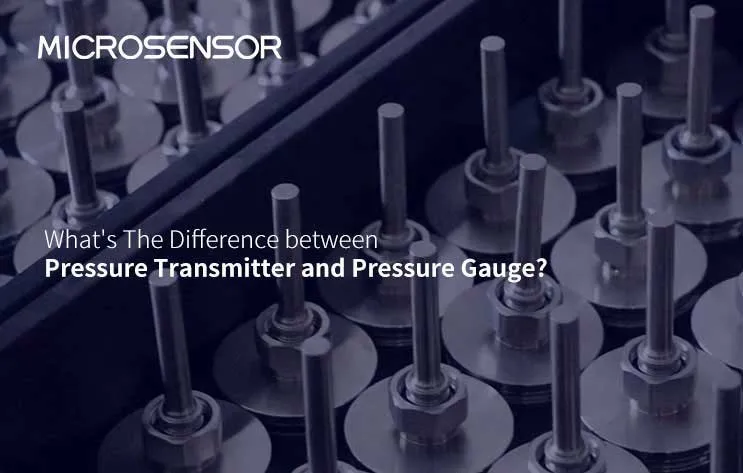
What are Pressure Transmitters?
Definition
A pressure transmitter outputs a standard signal. It is an instrument that contacts a pressure variable and converts it into a standard output signal in proportion. The pressure transmitter is mainly consists of three components: pressure sensing element (also known as pressure sensor), measurement circuit, and process connection. Just like a translator, its function is to convert the sensed pressure of a gas or liquid into a standard electrical signal (such as 4-20mA, etc.).
Working Principle
The measuring diaphragm is slightly deformed by the direct pressure. Circuitry on the diaphragm converts the deformation into a voltage output. Voltage is proportional to the magnitude of pressure. A dedicated circuit processing chip converts the voltage signal into a 4-20mA current signal or 1-5V voltage signal, etc.
What Is a Pressure Gauge?
Definition
A pressure gauge is very common in people’s daily life. It measures and indicates pressure above ambient pressure. Pressure gauges can be found in a variety of areas, whether in power plants, piping systems, medical devices, or in automotive repair shops and food and pharmaceuticals. Especially in industrial process control and technical measurements, mechanical pressure gauges are becoming more and more widely used due to their features such as durability and ease of manufacture.

Working Principle
A Bourdon tube pressure gauge, also known as a spring tube pressure gauge, is a common pressure measurement instrument. It uses a spring tube as a sensitive component. When pressure is applied to the spring tube, it deforms and one end of the spring tube is displaced. This displacement is proportional to the amount of pressure. With the attached pointer and dial, we can easily read the value of the measured pressure. If there is atmospheric pressure inside the gauge casing, the pressure measured by the pressure gauge can be either positive or negative. However, if the gauge casing is sealed and evacuated, the pressure measured by the pressure gauge is absolute pressure. When fitted with an isolation device, a bourdon tube pressure gauge can also measure pressure in high-temperature, corrosive, viscous, crystallizing and particle-containing media. In high-accuracy elastic pressure measuring instruments, such as those with a precision level of 0.25 or better, the elastic elements are often made of constant elastic alloy, and in some cases, even quartz glass. The shaft hole of the transmission mechanism is inlaid with gem bearings or rolling bearings. Pressure gauges usually have long dials and some have digital displays.
Differences between Pressure Transmitter and Pressure Gauge
1. Calibration of pressure transmitters requires the use of more accurate instruments, much more accurate than pressure gauges.
2. The pressure gauge only needs to be checked for the relationship between inputs and outputs, whereas the pressure transmitter may need to be checked for the relationship between input data and communication data.
3. Calibrating pressure gauges necessitates specific measurement qualifications, typically reserved for manufacturers and new installations. Conversely, pressure transmitters often do not require calibration.
4. The accuracy of the pressure gauge is poor, there is no output, and it cannot be operated by hand. Usually, 5 points are tested to distinguish between pressurization and depressurization. Whereas smart pressure transmitters usually only need to be calibrated for zero and full scale.
5. The output of the pressure gauge is a scale indication, easy to read. The pressure transmitter provides an analog output that needs to be connected to an ammeter with an appropriate level of accuracy for displaying the pressure readings.
From the above description, it is easy to know that the pressure value measured by the pressure transmitter under the same working conditions is more accurate, and the later function expandability is much higher than that of the pressure gauge.
Pressure Transmitters and Pressure Gauges from Micro Sensor
Micro Sensor has over 50 years of experience in developing and manufacturing pressure measurement equipment, including piezoresistive pressure sensors and pressure transmitters, and pressure gauges.
If you are looking for more information on our range of pressure instruments, please contact us via sales@microsensor.cn or leave messages. Our sales engineer will reply to you within 24 hours.
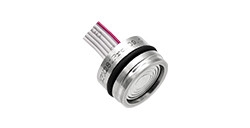
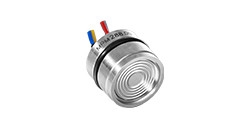
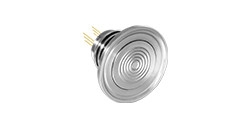
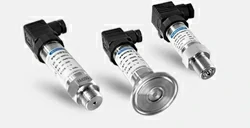
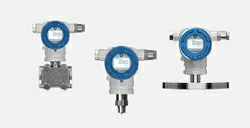
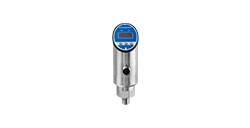
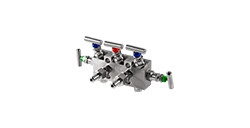
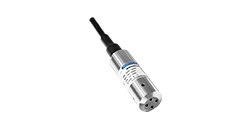
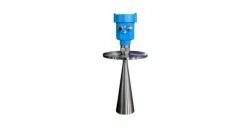
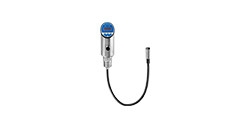
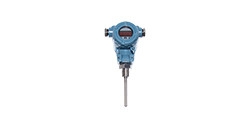
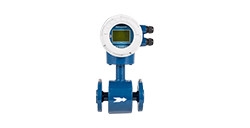
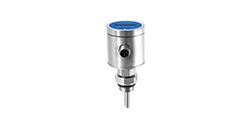
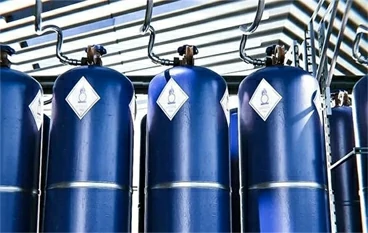
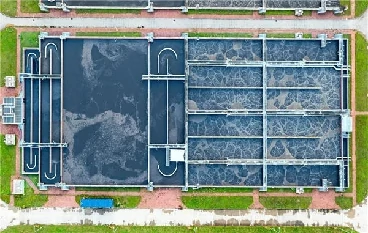

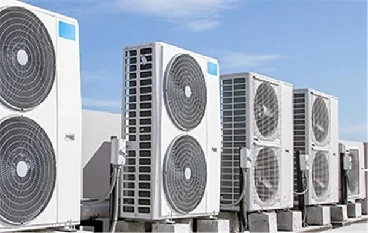
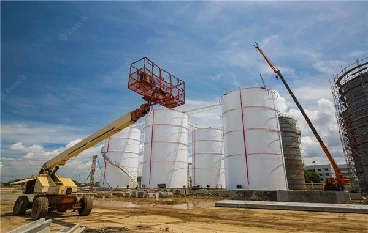
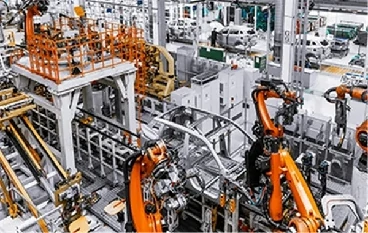



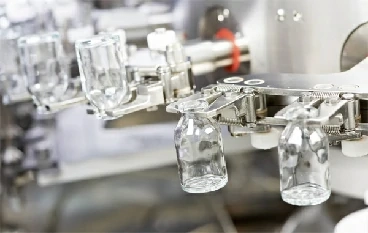
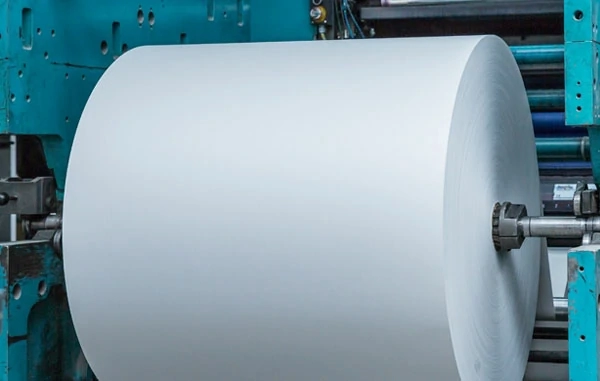
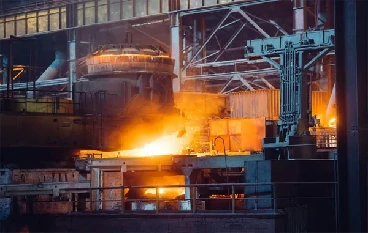


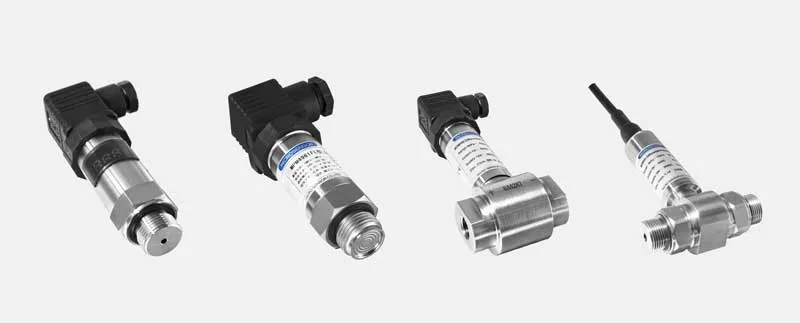
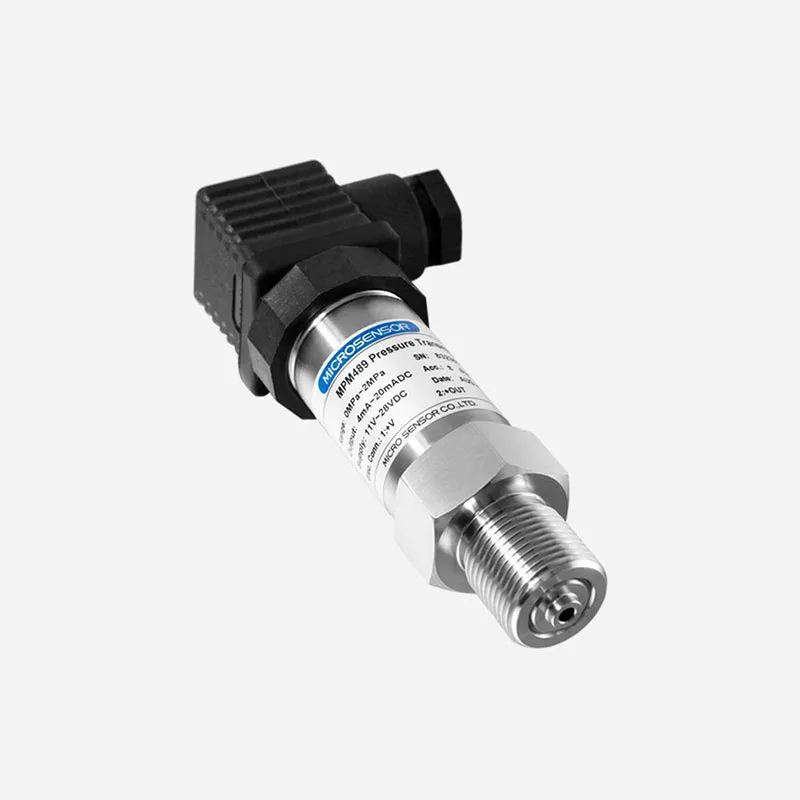
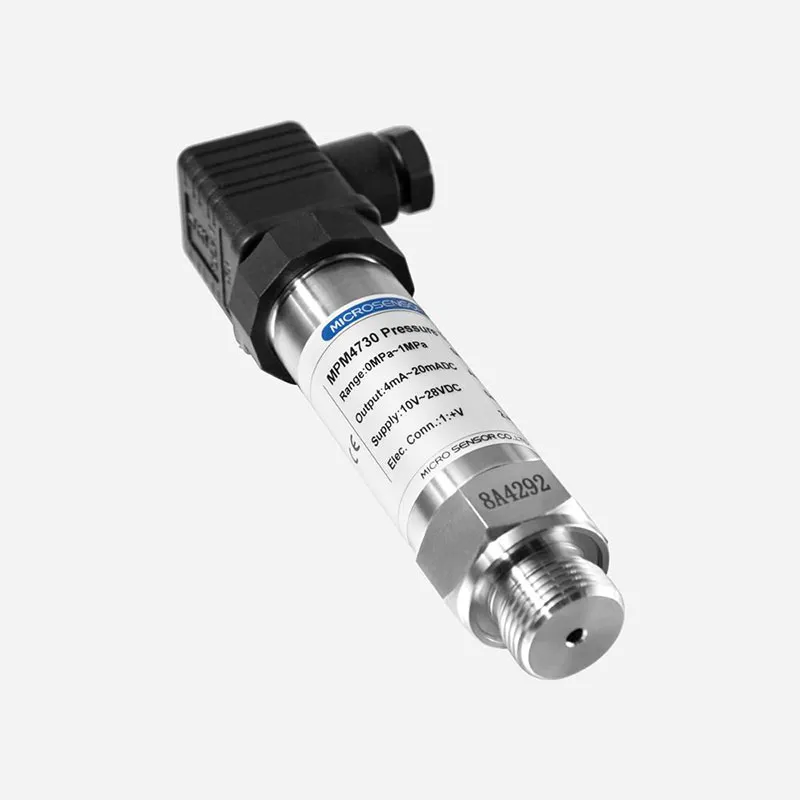
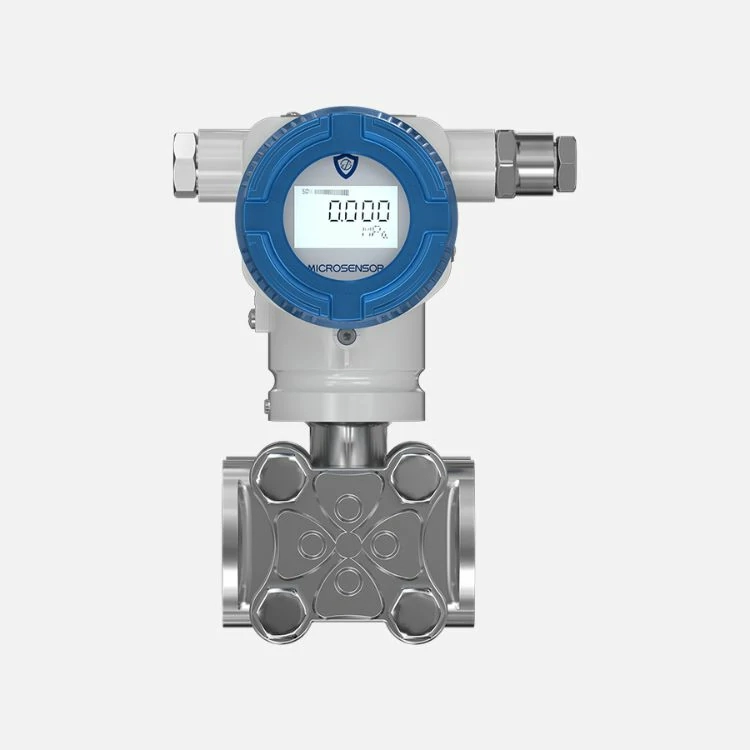
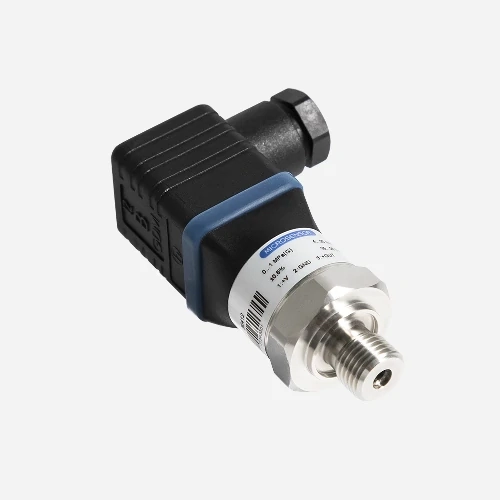
 Copyright © 2025 MICRO SENSOR CO., LTD
Copyright © 2025 MICRO SENSOR CO., LTD